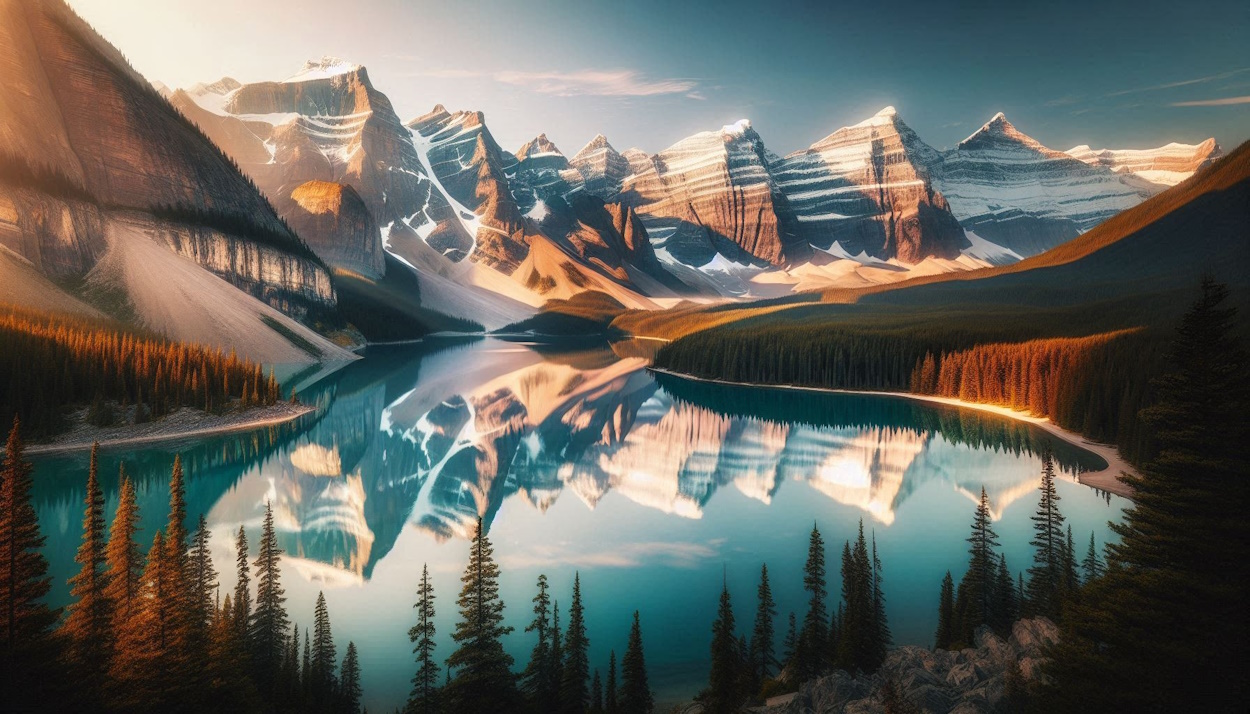Banff National Park: The Oldest And The Most Beautiful
Banff National Park, Canada’s first national park, is a world-renowned beauty nestled in the majestic Canadian Rockies. More than just postcard-perfect scenery, Banff offers a surprising blend of natural wonders, historical intrigue, and outdoor adventures.
Get ready to discover 15 fascinating facts that will make you want to pack your bags and explore this iconic park:
-
A Century of Spectacle: Established in 1885, Banff boasts a long and fascinating history as Canada’s first national park, attracting visitors for over a century.
-
UNESCO World Heritage Site: Banff National Park is part of the Canadian Rocky Mountain Parks World Heritage Site, recognized for its outstanding natural beauty and geological significance.
-
Lake Louise Magic: Witness the turquoise wonder of Lake Louise, a glacial lake famous for its emerald color and the majestic Fairmont Chateau Lake Louise gracing its shore.
-
Castle in the Rockies: Speaking of fairmonts, Banff boasts the iconic Fairmont Banff Springs – a luxurious hotel resembling a Scottish castle, adding a touch of grandeur to the scenery.
-
Cave Surprise: Descend into the depths of the Cave and Basin National Historic Site, where hot springs first drew visitors to the area and led to the park’s creation.
-
Sulphur Mountain Gondola: Ascend Sulphur Mountain for breathtaking panoramic views of the surrounding peaks and valleys. Enjoy stunning vistas from the gondola or explore hiking trails at the summit.
-
Banff Upper Hot Springs: Soak in the natural mineral waters of the Banff Upper Hot Springs, a historic hot spring complex offering relaxation amidst stunning mountain scenery.
-
Johnston Canyon Hike through the dramatic Johnston Canyon, carved by glaciers, with cascading waterfalls, narrow pathways, and the Lower and Upper Falls as highlights.
-
Lake Moraine’s Reflection: Be captivated by the mirrored image of surrounding peaks on the still waters of Moraine Lake, another glacial gem known for its mesmerizing beauty.
-
Wildlife Corridor: Keep your eyes peeled for elk, bighorn sheep, bears (from a safe distance!), and other wildlife roaming freely within the park’s borders.
-
Winter Wonderland: Banff transforms into a winter wonderland, with opportunities for skiing, snowboarding, snowshoeing, and soaking in hot springs surrounded by snow-capped peaks.
-
Lake Louise Ski Resort: Hit the slopes at the world-renowned Lake Louise Ski Resort, offering slopes for all levels and breathtaking views.
-
The Banff Gondola: Take a scenic gondola ride up Sulphur Mountain for stunning panoramic views of the surrounding peaks and valleys. Enjoy hiking trails at the summit or grab a bite at the Sky Bistro.
-
Cultural Experiences: Immerse yourself in the cultural tapestry of Banff, with museums showcasing the park’s history, Indigenous art galleries, and lively festivals throughout the year.
-
Stargazing Paradise: Escape light pollution and marvel at the Milky Way and a dazzling display of stars blanketing the night sky.
Banff National Park is a place where towering mountains meet turquoise lakes, wildlife roam free, and history whispers in the wind. From breathtaking scenery and outdoor adventures to luxurious accommodations and cultural experiences, Banff offers something for everyone. So, breathe in the fresh mountain air, lace up your hiking boots, or simply relax and soak in the beauty – Banff National Park awaits!

